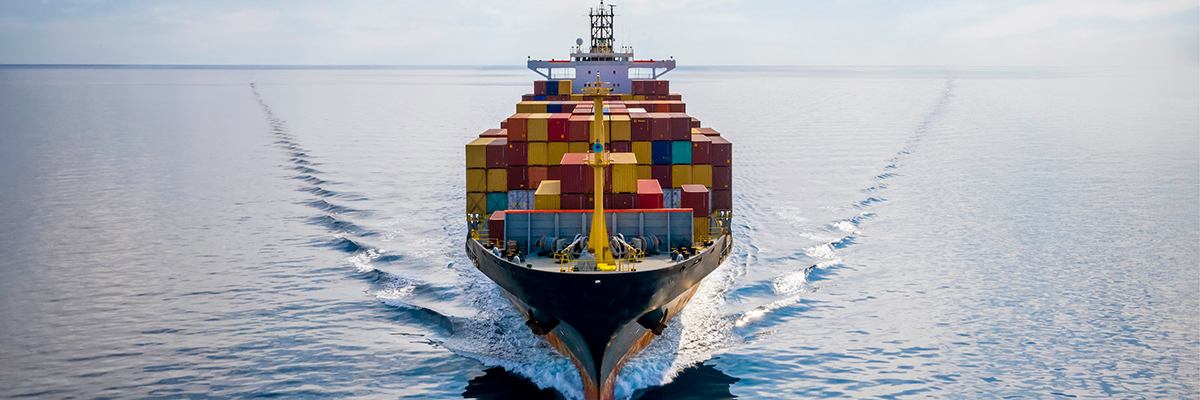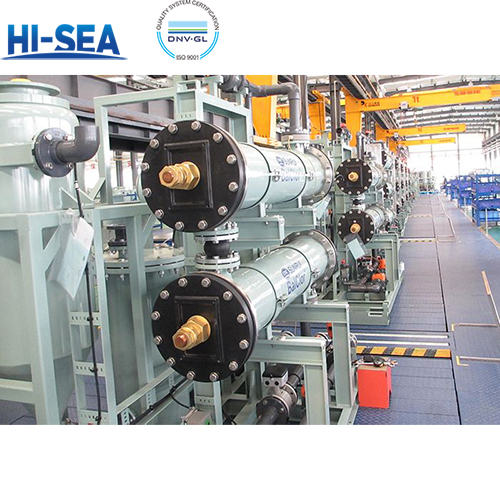
How to Pick the Correct Ballast Water Management System for Vessels
How to choose a ballast water management system (BWMS) is a very important matter. Especially if you don't know the technical advantages and disadvantages of the ballast water system, let alone choose from the continuously increasing types of ballast water systems in the market. However, one thing is for sure: when it comes to BWMS, there is no single system that can universally solve all problems. But we can choose the most suitable ballast water management system solution according to the specific situation of your ship. In this article, we will introduce to you how to choose the appropriate ballast water management system from the factors of the ship and the factors of the route as well as the economic factors.
Overview
The main factors influencing the choice of ballast water management system are as follows:
Ship factors: Different ship types have different degrees of dependence on ballast water. For ships that require large-volume ballasting or unloading in a short time, equipment with instantaneous inactivation treatment capacity should be selected. For some old ships with small engine room or pump room space, customers should choose a ballast water management system with a simple structure, less pipeline modification, and a small footprint of the equipment. If there is no suitable space in the engine room or pump room, a container-type ballast water management system can also be selected and installed on the deck. Many of our similar successful cases have been recognized and approved by relevant classification societies worldwide. In addition, some ballast water management systems require a large amount of chemicals and consumables to be stored on board, which also requires the attention of shipowners.
For special ships such as oil tankers and chemical tankers, it is necessary to consider whether to choose explosion-proof equipment and determine the corresponding explosion-proof grade. However, if the ballast water management system will be installed in the engine room, it may not be necessary to choose explosion-proof equipment, because the positive pressure explosion-proof ballast water management system not only consumes a large amount of compressed air, but also poses more challenges to the crew during operation. In addition, explosion-proof equipment also has higher requirements for electrical installation on the ship.
Route factors: Compared with equipment of other principles, the ballast water system using electro-chlorination technology cannot be used in areas with low salinity or inland rivers. Unless seawater is introduced from a separate water tank to generate sodium hypochlorite, the system may not work. But its advantage is that the performance of the electrochemical system is not affected by sediments or turbid water.
The characteristic of ultraviolet technology is that it is not affected by changes in seawater temperature or salinity and is suitable for all route requirements. But it is necessary to adopt advanced ballast water filtration and backwashing technologies so that the ultraviolet reactor has sufficient ultraviolet dose to handle high turbidity water quality.
In addition, for ships with shorter voyages, it is not advisable to choose a ballast water management system with a long hydraulic retention time.

Economic factors: The characteristics of the chemical injection system are that it can be easily and cost-effectively installed on almost any type of ship, is easy to expand, has a simple design, is robust, and does not have many easily damaged parts. But the active chemical substances need to be purchased separately. Therefore, due to the high cost of consumables, the chemical injection system will have a relatively high operating cost. In addition, the chemical injection system uses the toxic chemical solution stored on the ship, which is naturally a worrisome issue from the perspective of the crew and the ship.
The ultraviolet system also has the problem of high power and the efficiency of the ultraviolet lamp tube will gradually decrease when in use, which means they must be replaced regularly.
Note: Due to the unilateral actions taken by some countries or regions, their ballast water management requirements are higher than the standards of the International Maritime Organization. For ships that may dock at the ports of these countries or regions, it is recommended to choose a ballast water management system that meets higher emission standards or has sufficient redundancy of disinfection capacity.
Conclusion:
I hope you have a relatively clear understanding of how to choose a ballast water management system suitable for your ship through this article. If there are still any questions or procurement needs, please visit the homepage of our ballast water treatment system or contact us directly at any time!





